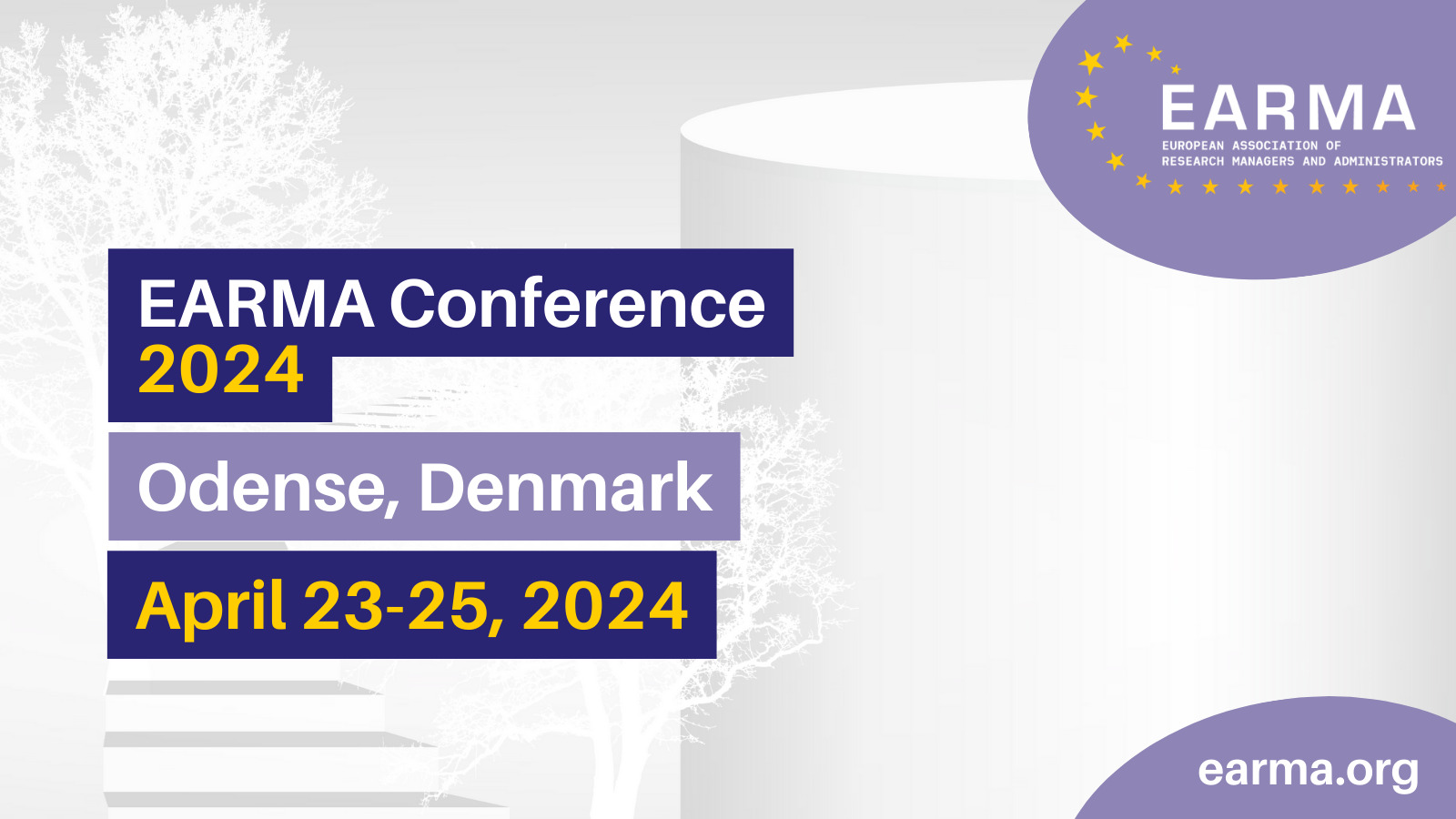Research Impact through stakeholders’ engagement
A co-creation process to increase the impact of applied research
Abstract
Applied or application-oriented research is often faced with the challenge of generating tangible benefits and a concrete impact outside the academic sphere. According to “The pact for research and innovation in Europe” adopted by the EC in 2022, an active citizen and societal engagement in R&I is a key priority in order to foster the green transition and digital transformation and increase society’s participation in the ERA. Studies indicate that intentional stakeholder engagement during the whole research process amplifies impact.
At a local level, Laimburg Research Centre has been committed to this approach for more than 30 years. Laimburg Research Centre is the applied research centre for agriculture and food processing in South Tyrol (Italy). Since 1975, it has been developing solutions and delivering innovations for the local food system. In order to properly respond to the agri-food sector’s needs, a sophisticated bottom-up approach was established in the 80ies.
Every year the collaborative development of the annual research program is co-designed in a multistep process. The process begins with the collection through a digital platform of research proposals coming from both the representatives of the local agri-food system and the Centre’s researchers. All internal and external project proposals are then reviewed, discussed and prioritized during open assemblies. During these assemblies, Laimburg’s researchers and regional stakeholders present their proposals, exchange insights, and discuss ongoing projects. A collaborative prioritization list of all project proposals is generated based on their strategic relevance and urgency. The most significant outcome of the assemblies is the joint formulation of the Centre’s research program for the following year. With this approach, problems and challenges arising in the agri-food sector can be addressed through research projects already a few months later.
This best practice shows how a successful and efficient involvement of stakeholders helps to align application-oriented research to the challenges and needs of end-users, generating a higher scientific and societal impact. Over the course of several years, we have developed and refined an approach for targeted stakeholder engagement. It would bring us great pleasure to share our experience and insights with interested colleagues of the RMA’s community. We could highlight the advantages and bring attention to areas that may need improvement. Through productive feedback from the audience, we would undoubtedly gain new suggestions and ideas for further improving the process.

